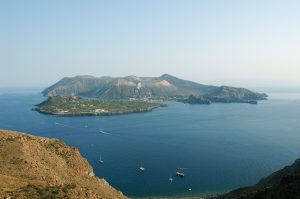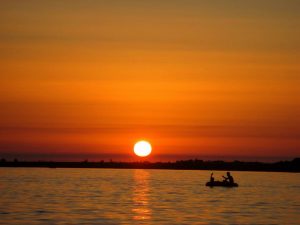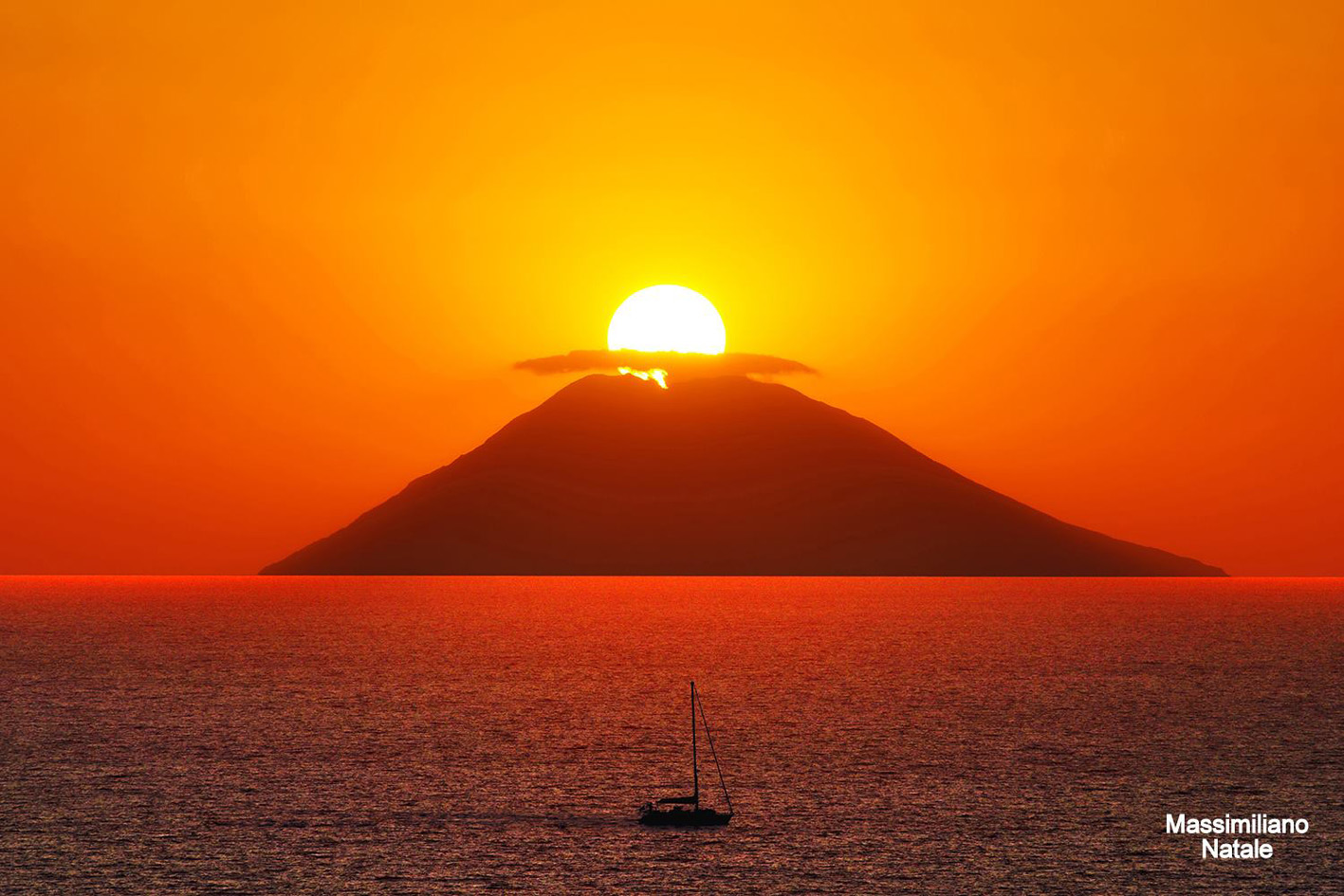Le Aeolian Islands Unesco Heritage since 2000, as a biosphere reserve as well as a cultural heritage, they are an archipelago of volcanic origin belonging to the Aeolian arc, in Sicily. The archipelago located in the Tyrrhenian Sea includes two active volcanoes: Stromboli and Vulcano; it also consists of seven real islands, in addition to the two just mentioned: Lipari, Salina, Filicudi, Alicudi, Panarea.
Aeolian Islands, Unesco World Heritage
The Aeolian Islands have always exerted an immense fascination on the travelers who have reached them, for the immense and legendary beauty they enjoy. After all, they take their name from god Aeolus, lord of the winds. According to Greek mythology, Aeolus actually took refuge on these islands, a UNESCO World Heritage Site, and gave them his name. He lived in Lipari and was able to predict the weather conditions by observing the shape of the clouds puffed by an active volcano, probably Stromboli.
Thanks to this skill, crucial for the islanders, who were mostly fishermen and needed to know the probable evolution of meteorological events, Aeolus gained great popularity in the archipelago. Thus it was that a simple Greek prince, skilled in predicting the weather from the clouds, fed the myth of the god Aeolus, able instead to command the winds.
Among the XNUMXth century traveler-writers who were struck by the beauty and history of the Aeolian Islands, the names of the scientist Déodat de Dolomieu stand out, of the writer Alexandre Dumas and those of the artists Jean Houel e Gaston Vuillier.

Stromboli the volcanic island
With a population of about 400 inhabitants, the history of the volcanic island of Stromboli begins about 200.000 years ago, when a first large active volcano emerges from the sea. Of this ancient volcano only the solidified duct represented by Strombolicchio remains.
The actual volcano of Stromboli emerges from the sea about 160.000 years ago and is the only island in the archipelago that has permanent volcanic activity, whose eruptions are somewhat fragmented, mostly one every hour. Often in fact, on particularly clear days, it is possible to see smoke coming out of its crater.
Used by Jules Verne who set the conclusion of the 1864 novel in Stromboli Journey to the Center of the Earth, the island frequented and inhabited since ancient times, is quite famous and in the summer months it is the object of frequent tourism. Its economy has always been based on typically Mediterranean agricultural productions: olive trees, figs, fishing and above all it has become famous for the production of Malvasia grapes grown in terraced gardens.
The sunset over the crater
Summer is now behind us, it has given way to autumn, but the memories of white beaches, the crystalline sea, the warmth of the sun on the skin are more vivid than ever.
How can we forget those fiery sunsets in which the sky looks like a painting, made of shades of a light yellow that naturally decline to an intense orange with some shades of red; while the sun, by now become a distinct circle of fire, plunges there behind the horizon, giving way to the evening, to the moon, to the stars.
On the sunsets over the sea, an almost undisputed prerogative of southern Italy, one could write entire treatises, poetic syllogies, aphorisms, but it will always be complicated to be able to put on paper the multitude of emotions and sensations that radiate together with the last rays of the sun while this drops. We can be sure of one thing: we are witnesses of a unique beauty, whatever the perspective from which we look at it.
It is therefore not surprising that the magic of the sunset on Stromboli in particular was nominated as a World Heritage Site Unesco. Candidate the beauty of one of the most evocative natural spectacles that this land can offer us, the perfect combination of earth and fire.

The Mediterranean Network Committee
This is why he was born in Calabria Mediterranean Network, a committee of young people who want to promote the candidacy of the sunset in the crater of Stromboli to Unesco.
The purpose of the committee is to give value and officiality to the extraordinary optical phenomenon, the effect of a particular astrophysical conjuncture, visible only from certain locations in Calabria: from the Costa degli dei, from Pizzo Calabro to Zambrone, to other villages of the Aspromontano-oriented hinterland on the Tyrrhenian Sea, and in certain periods of the year from June to August; and Sicily.
The spectacle of the fiery ball swallowed by the “jaws” of the volcano has all the characteristics required by UNESCO to obtain the prestigious recognition: uniqueness, universality, irreplaceable; in addition to meeting the VII Criterion of the 1972 World Heritage Convention, which states that they are recognizable "natural phenomena or atmospheres of natural beauty and exceptional aesthetic importance". After all, the naturalistic and landscape beauty to which nature has accustomed the Calabrians, who enjoy this breathtaking scenery, is not within the reach of a large part of the population of the globe.
This noble initiative provides for an inter-territorial cooperation project between realities, organizations and volunteers from the third sector who work for the cultural promotion and enhancement of the Calabrian territory. Not only that, the eventual recognition of the sunset on the Stromboli volcano as a World Heritage Site could lead to significant opportunities for economic-tourist development: it would in fact bring enormous international and global visibility, a strong impact in terms of advertising, thus raising the level of interest towards our territory and allowing the Calabria to climb, not without difficulty, the ranking that sees it unfairly last in Italy for sites recognized as World Heritage Sites.





